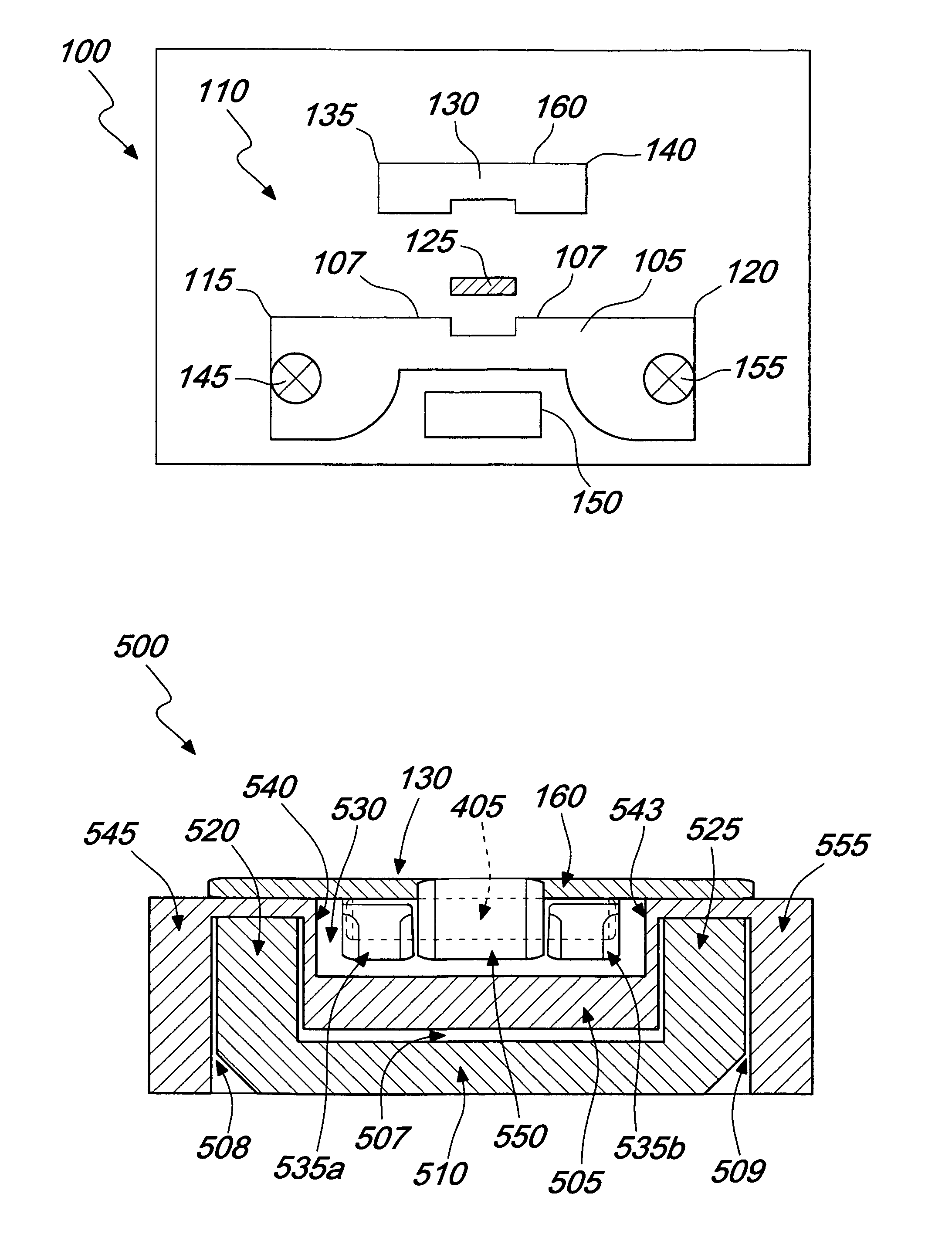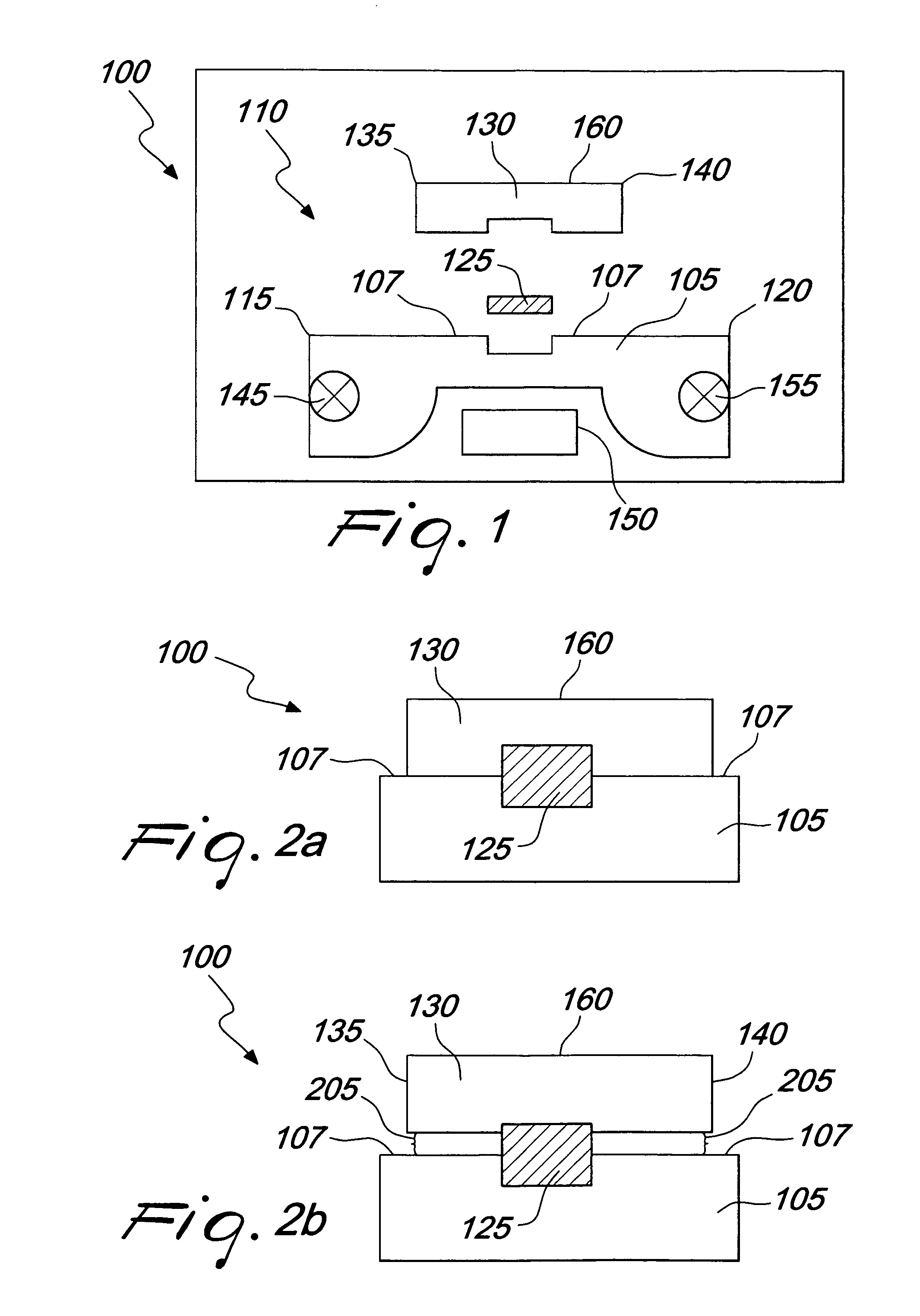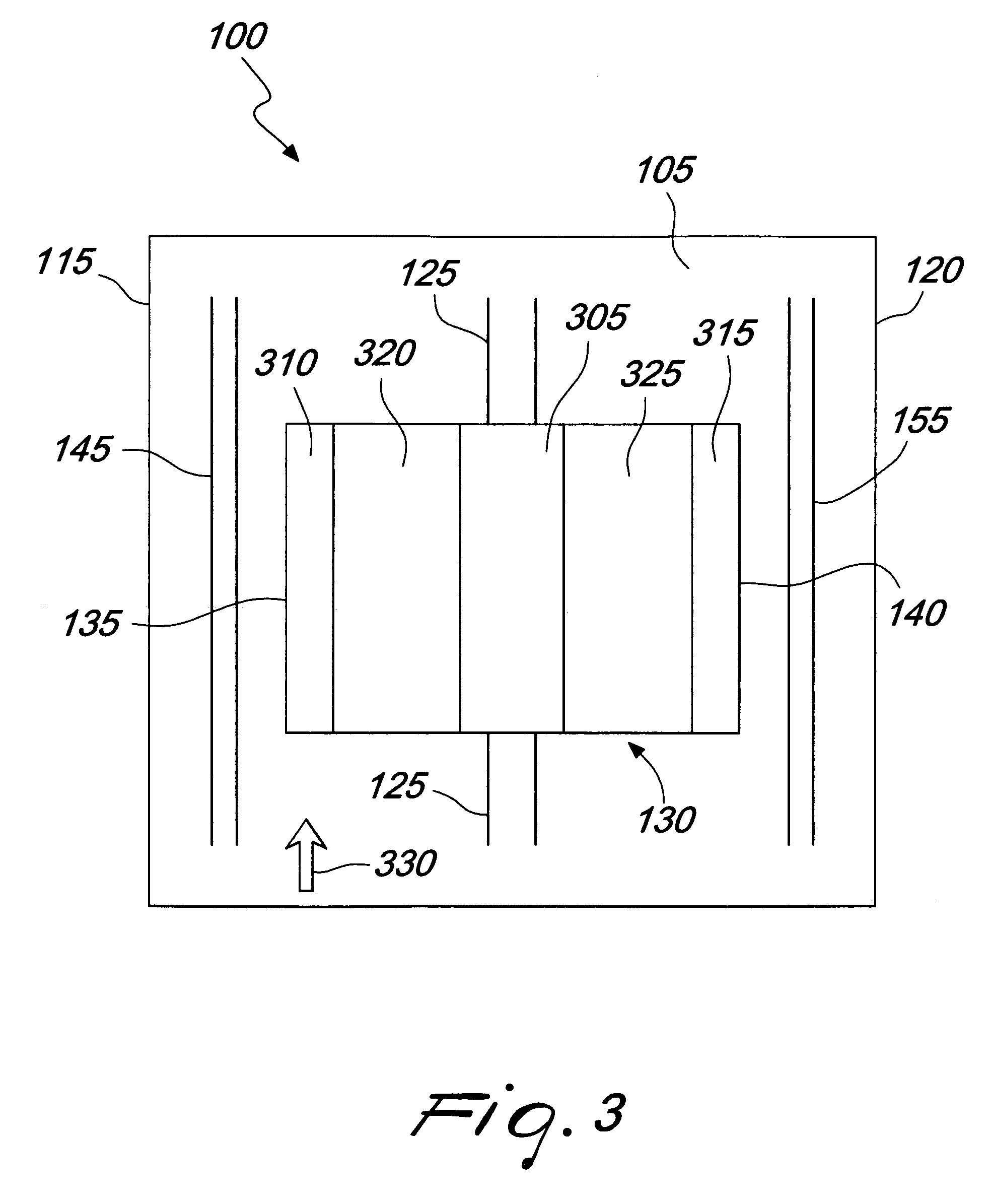Systems and methods for guiding conveyance elements
a technology of conveyancing elements and systems, applied in the direction of conveyors, mechanical conveyors, transportation and packaging, etc., can solve the problems of conveyor belts on the surface of the assembly line, assembly line may encounter a problem, assembly line assembly line assembly line assembly line assembly line assembly line assembly line assembly line assembly line assembly line assembly line assembly line assembly line assembly line assembly line assembly line assembly line assembly line assembly line assembly line assembly line assembly line assembly line assembly line assembly line assembly line assembly line assembly line assembly line assembly lin
- Summary
- Abstract
- Description
- Claims
- Application Information
AI Technical Summary
Benefits of technology
Problems solved by technology
Method used
Image
Examples
Embodiment Construction
[0023]As shown in the drawings for the purposes of illustration, the invention may be embodied in apparatuses and methods for real time production line process activity, where the apparatuses and methods compensate for a limited footprint and undesirable forces arising along bends or linear portions of the assembly line to enhance overall efficiency and performance.
[0024]In brief overview, FIG. 1 is an exploded cross-sectional block diagram that depicts an apparatus 100 for controlling an assembly line environment in accordance with an embodiment of the invention. The system 100 typically includes one or more guides 105. Various embodiments may include more than one guide 105. Generally, multiple guides may be located side by side relative to each other. Guide 105 may include any assembly structure that holds the assembly line in place in the desired position. In various embodiments guide 105 may be made of a polymer or polymers, metal, or any combination thereof. Typically guide 10...
PUM
 Login to View More
Login to View More Abstract
Description
Claims
Application Information
 Login to View More
Login to View More - R&D
- Intellectual Property
- Life Sciences
- Materials
- Tech Scout
- Unparalleled Data Quality
- Higher Quality Content
- 60% Fewer Hallucinations
Browse by: Latest US Patents, China's latest patents, Technical Efficacy Thesaurus, Application Domain, Technology Topic, Popular Technical Reports.
© 2025 PatSnap. All rights reserved.Legal|Privacy policy|Modern Slavery Act Transparency Statement|Sitemap|About US| Contact US: help@patsnap.com



